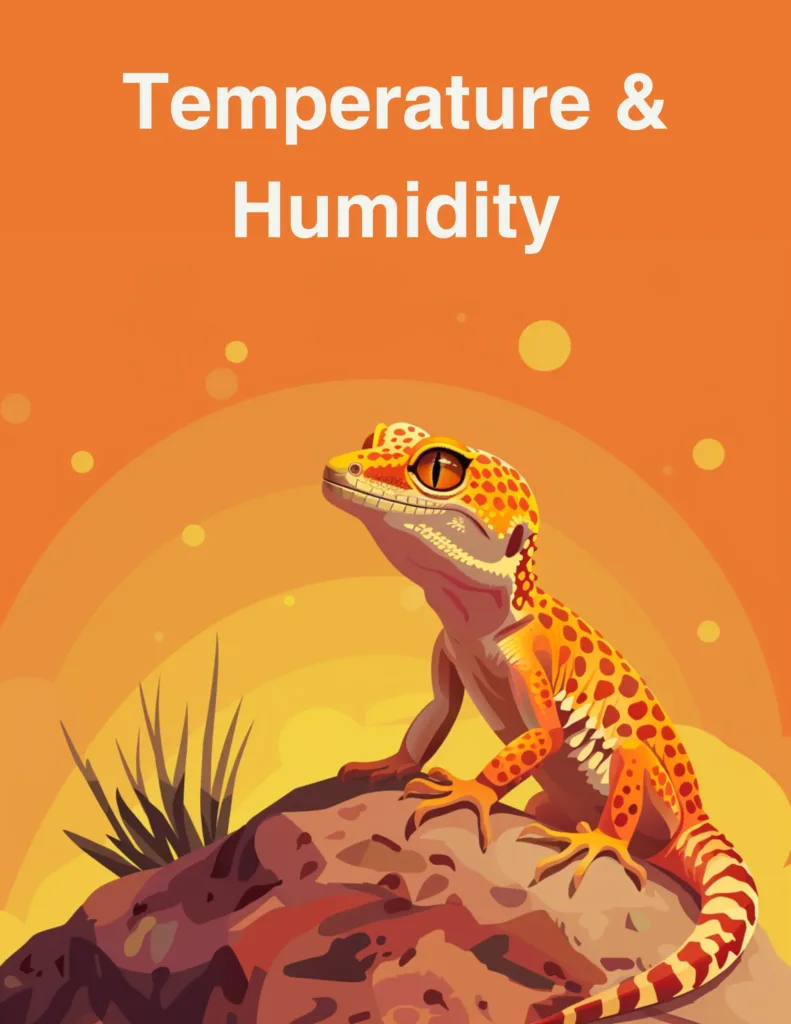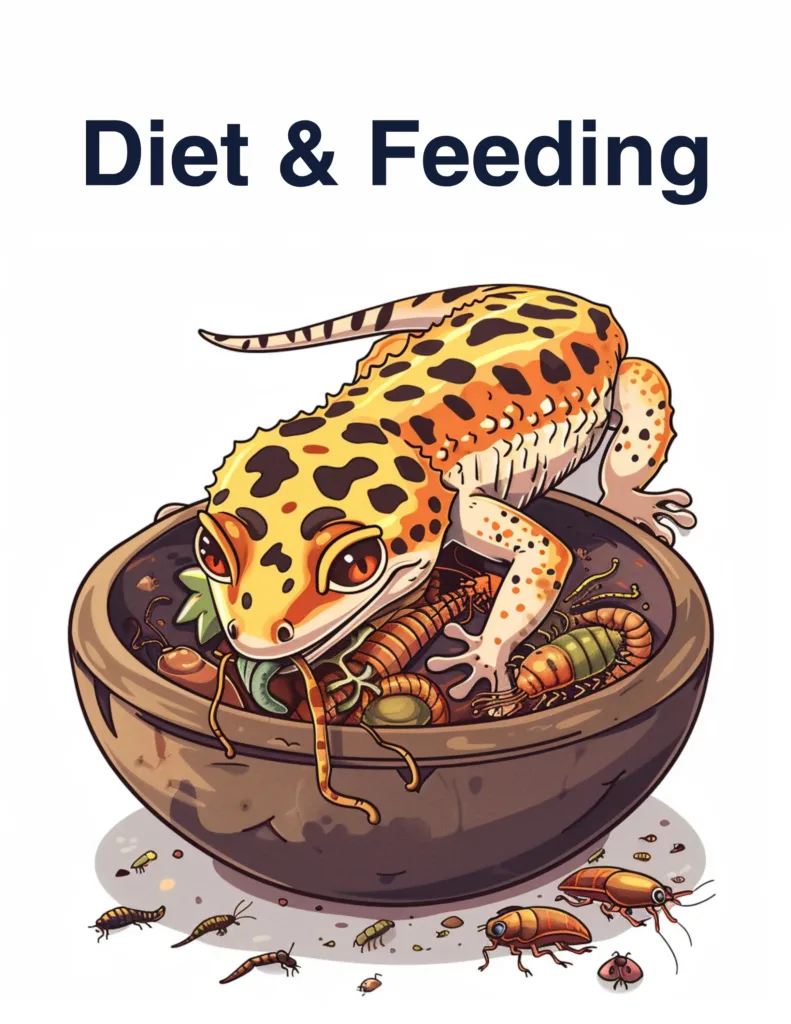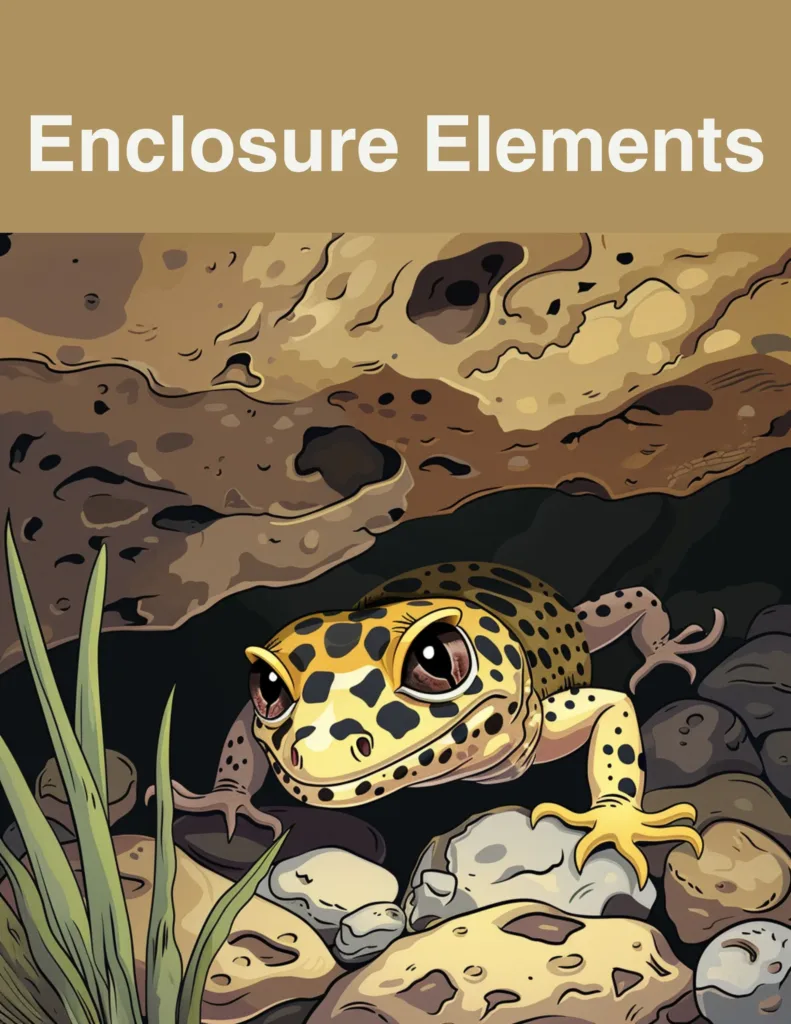
Leopard Gecko Enclosure
On This Page
The enclosure. The backbone of proper husbandry. We’ll walk you through the current enclosure standards based on well researched science. We’ll answer all the key questions:
- How big should my leopard gecko’s enclosure be?
- Can I put more than one leopard gecko in an enclosure?
- What substrate should I use in my enclosure?
- What does Bio-Active mean and why should I consider it?
Enclosure Size
In our opinion, go as big as possible. The concept that captive reptiles can become overwhelmed with too much space is completely insane. This boils down to common sense. Leopard geckos evolved in habitats in which they were able to roam to hunt, mate, and hide. It’s unclear how big a ‘range’ of an individual may be from the research but we can reasonably guess it is much larger than the enclosure we will put them in.
There is unfortunately a shortage of real research into the minimum tank/enclosure size for leopard geckos. As a result, it’s a highly contested topic.
Based on the available evidence, we consider the minimum size for an adult leopard gecko to be 30’’ long. This equates roughly to at least a 30 gallon tank. As stated above, bigger is very clearly better. When shopping for an enclosure, you’ll notice the extra cost for a larger enclosure is usually not huge. This is a one-time expense, and will massively benefit your pet.
Cohabitation
This is an advanced topic. For the sake of simplicity and general well-being of animals under the care of non-expert owners and keepers, don’t cohabitate two animals. It adds a great deal of complication to proper care and requires a trained eye to spot issues that may arise.
Substrate
The number of myths around substrate is shocking. Before we present our recommendation, we ask you to remember the following: The leopard gecko evolved in and currently thrives in a habitat that is made up of dust, small stones, dirt, debris, and other loose setamint.
The use of paper towels, and tile is a huge miss. While they may not be directly harmful, in no way do these choices resemble the natural habitat of leopard geckos. What about tree bark, wood chips, and reptile carpet you might ask? These are also bad choices. Each pose their own risk. Reptile carpet can harbor bacteria, and is difficult to clean. Certain wood chips can be toxic if ingested.
We only recommend one substrate: A 50-50% mix of organic soil and play sand. It is economical, and provides your pet with a substrate that is a closer match to their wild habitat. With this your pet can borough, and you can facilitate a bio-active enclosure. To learn more about this DIY substrate, check out this page. Fill the bottom of your pet’s enclosure with at 3-4 inches of the substrate.
Is impaction a concern?
Simply put, impaction as a result of loose substrate is not a concern. This myth is easily broken with a little common sense and critical thinking. In the wild habitat of all reptiles there are elements of loose debris: sand, small pebbles, dust, etc. These animals simply could not survive in the wild if this was an issue. We don’t recommend a pure sand substrate, primarily because it doesn’t actually match the habitat the leopard gecko is found in. Others have done a more compressive review of this myth and confirmed the same conclusion.
Bio-Active: Is it for you?
The term bio-active enclosure is relatively new to the world of reptiles. Simply put this means constructing an environment in your pets set-up that leverages the self maintaining environment that occurs in every part of the world.
The benefits are clear:
- Self-cleaning
- A closer match to your pet’s wild habitat
- A much improved visual experience
While not overly complicated, there are a few more considerations to be made in the construction of a bio-active enclosure. We intend to expand our resources in this area. Currently, the best source of information on this topic is produced by TheBioDude.




